Today’s announcement of the difference the ALS / MND ice bucket challenge has made included a number of areas of research investment. You’ll be hearing much more about these as our plans develop, but here are three examples to give you a flavour of things to come.

Learning more about why people develop MND
A question that we’d all like to know the answer to is why some people develop MND and others don’t. If we can find this out it gives us clues to understanding what changes are seen in motor neurones on a cellular level.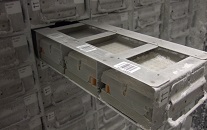
Pin this down and we can start developing treatments to correct the changes.
We know that subtle genetic variations, which everyone carries in their DNA, can contribute to why people develop the disease and, at the same time, some of these variations can be protective (eg where people have a slower form of the condition). We will be taking advantage of new, powerful technology called ‘whole genome sequencing’ to map out these DNA variations in detail. The ice bucket challenge money has enabled us to analyse more of the samples in our UK MND DNA Bank using this new technology. You can find our more about whole genome sequencing in a previous blog post.
Over a ten year period from 2003, people with MND, their partners and family members donated a blood sample and information about themselves to create our DNA Bank. Today, thanks to people with MND, their generous legacy is continuing to pay dividends.
Why are motor neurones in MND different?
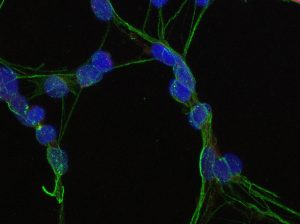
Once the genetic analysis has told us there are mistakes, or changes in the DNA, in people with MND, it’s important to see how these changes make a difference in the normal workings of the whole motor neurone.
In a laboratory setting, the most accurate way to mimic or model the changes seen in people is to create living human motor neurones in a plastic dish. This is very new technology and it’s hard to do it consistently, and across the range of genetic variations we know contribute to MND. It is only possible using something called ‘induced pluripotent stem cells’ (iPSCs).
The starting point for creating this model will be the blood samples within the DNA bank. We’re already funding the creation of iPSC-derived motor neurones in several existing research projects, but using the samples from the DNA Bank means we can have a more representative sample of people with MND – truly modelling the disease. As well as understanding why motor neurones are different in people with MND, the same model can also be used to screen new drugs. The extra money available from the ice bucket challenge means that we can begin this work sooner than we first thought.
How can we treat MND?
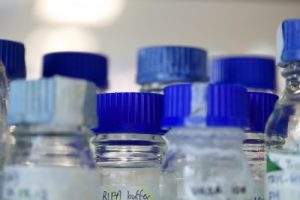 Many pharmaceutical companies have libraries of drugs that they’ve stopped developing – perhaps they weren’t effective for the disease or condition the company was looking at, or maybe a competitor brought out a similar product so it wasn’t economical to continue. In November, we were named as one of the founding members of the Neurodegeneration Medicines Acceleration Programme – as Dr Brian Dickie described it in a blog at the time ‘’The aim of the initiative is simple – to identify potentially promising compounds that have been stalled, shelved or parked by the drug companies and provide short-term ‘jump-start’ funding to get them going again.’’
Many pharmaceutical companies have libraries of drugs that they’ve stopped developing – perhaps they weren’t effective for the disease or condition the company was looking at, or maybe a competitor brought out a similar product so it wasn’t economical to continue. In November, we were named as one of the founding members of the Neurodegeneration Medicines Acceleration Programme – as Dr Brian Dickie described it in a blog at the time ‘’The aim of the initiative is simple – to identify potentially promising compounds that have been stalled, shelved or parked by the drug companies and provide short-term ‘jump-start’ funding to get them going again.’’
Since that announcement, pharmaceutical companies have shown interest in the scheme. So, thanks to the ice bucket challenge, we’ve allocated more money to move any drugs forward faster.
I hope this gives you a flavour of some of the areas that we’ll be investing the ice bucket challenge money in. However, watch this space for more information on these projects over the next few months.
Research we fund
While the ice bucket challenge gives us some fantastic opportunities, we continue to support the core community of researchers working to understand MND and development treatments for the disease. We are currently funding over 50 research projects, ranging from identifying the causes of MND to finding ways of tracking the disease more effectively in the clinic. You can read more about the research we fund on our website.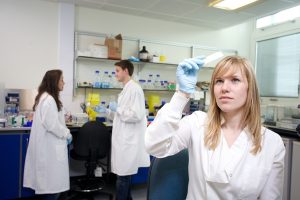
Dr Brian Dickie, Director of Research Development said: “We are now seeing the fruits of greater awareness of MND and the Association, with a record number of grant applications currently being processed by my team. We also know that the publicity is attracting researchers who have perhaps not previously considered focussing on MND. That fresh impetus and talent is so important.
“The craze united the global community in raising money and awareness for MND, and the funds it generated will allow us to support research that will help unite the research community in a similar way. Working together will speed up the pace of research.”

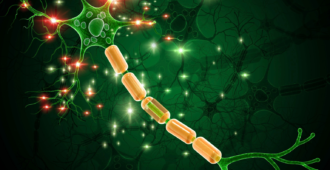
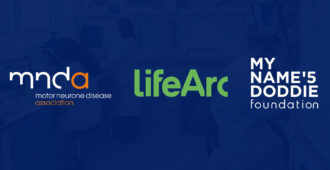


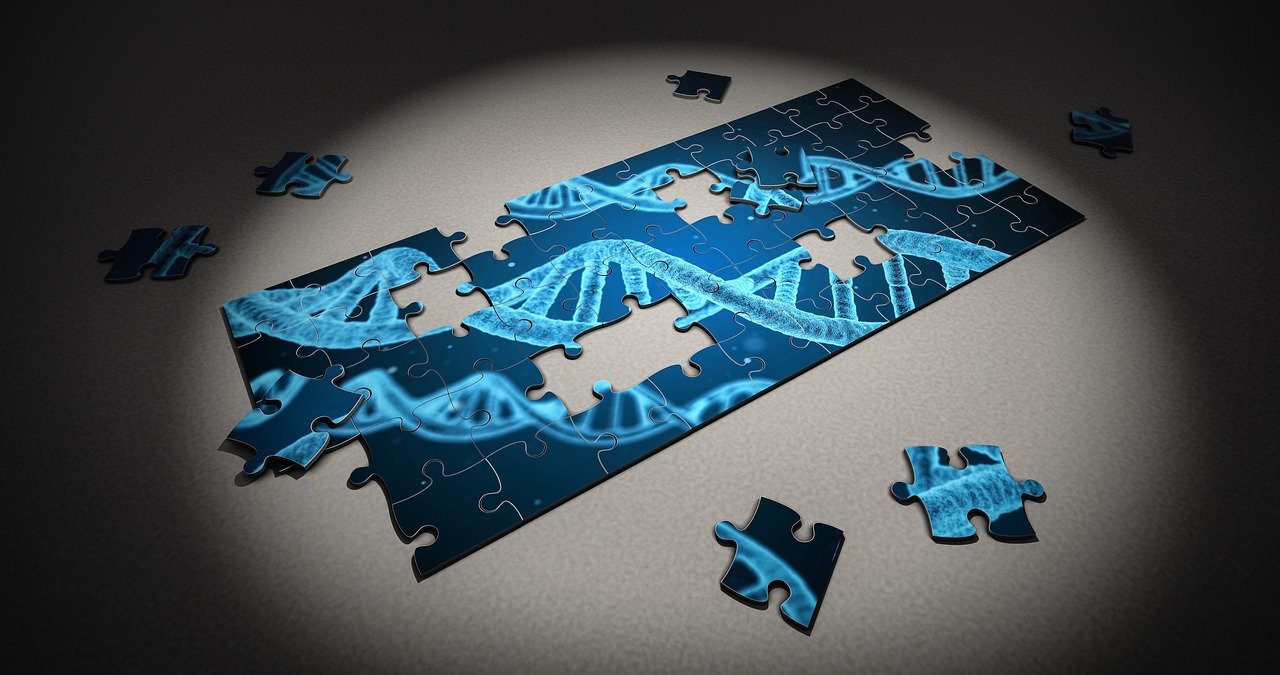
GREAT IDEAS FOR MOVING FORWARD. Putting MND with FTD makes perfect sense for research as it focuses on underlying pathways.